It turns out that no matter how inventive a horror author thinks they might be, evolution has come up with a creature just as gruesome. Take for example the hagfish, an aquatic dweller so sticky it'd make Slimer blush or the bobbit worm, an ambush predator so vicious it'd give a sarlacc goosebumps. Planet Earth has no shortage of tiny horrors, so here's a selection of the absolute worst.
1
The hagfish, Slimer's long, lost cousin
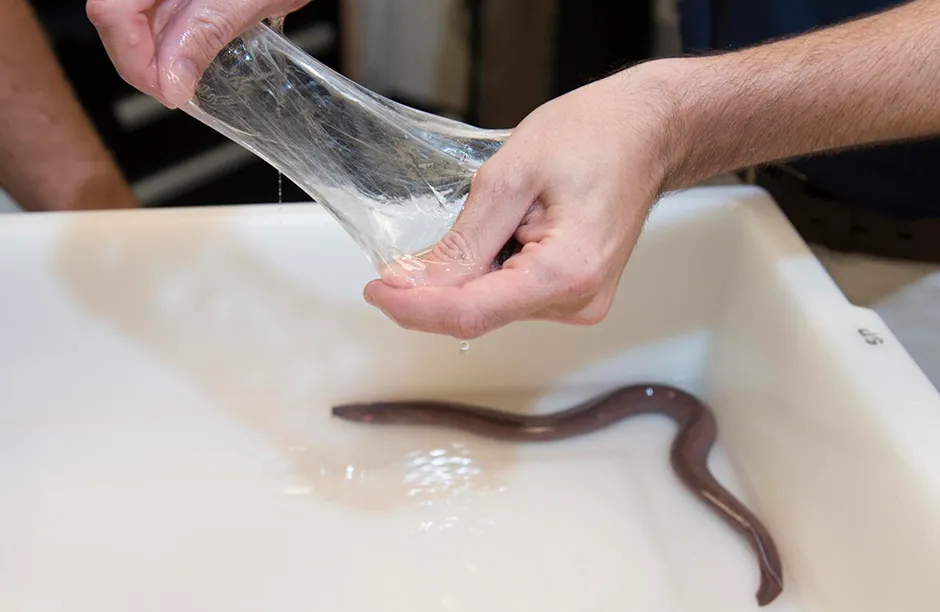
Where do you start with hagfish? Their four hearts? Or that they are the only animals with a skull but no other bones? Actually, it’s their self-defence strategy that’s the standout feature. Glands running down the body create thick goo that is thought to clog the gills of potential predators. When an attacker grabs a hagfish, a billowing cloud is released, forcing the would-be predator to drop it and retreat. This trick is so impressive that the slime produced is actually of great interest to scientists who hope to harness its properties.
2
The bobbit worm, the pit monster
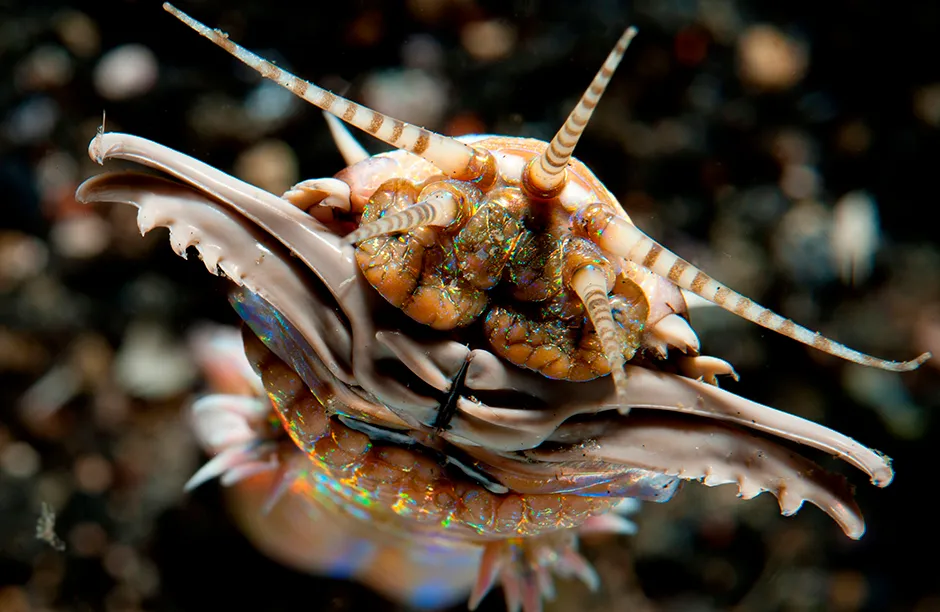
Like the Return Of The Jedi’s infamous sarlacc monster on Tatooine, the bobbit worm buries itself underground and awaits its prey. Five highly sensitive antennae alert it to approaching victims and, when triggered, it can pounce with such speed that it is reputedly capable of slicing a fish in half. The worm, which can grow up to 3m long, then drags its prey into its burrow. In the words of C-3PO: “In his belly you will find a new definition of pain and suffering...”
3
The hairy frog, the bone breaker

Like Wolverine with his adamantium claws, this frog can break its own bones and force the ends out through its hind toes to create highly effective claws. How does it work? A chunk of collagen forms a bond between the claw and a small piece of bone at the tip of the frog’s toe. When the animal is under threat, it contracts a muscle so the claw breaks away from the bony tip and cuts through the toe. The frogs are a delicacy in Cameroon, where hunters use long spears to kill them.
4
The jewel wasp, the body snatcher

The paraphernalia of parenthood can seem overwhelming, but all an expectant jewel wasp needs to raise her young is her very own zombie cockroach. She lays an egg on the hapless insect and her little one then hatches out and starts feeding on its own living larder, until eventually pupating inside the cockroach’s empty shell. The jewel wasp female administers two precisely delivered doses of venom to enlist the assistance of this ghoulish wet- nurse. The first injection to the ’roach’s thoracic ganglion renders it paralysed; the second to its brain blocks receptors of the neurotransmitter octopamine, inhibiting the creature’s escape reflex. After chewing off half of each of the cockroach’s antennae, the wasp leads its walking pantry to its burrow.
5
The epomis beetle, the face hugger

Epomis beetle larvae use an ‘eat-me-I’m-helpless’ display to lure hungry frogs and salamanders to their deaths. A larva dodges the amphibian’s tongue and attaches itself to its head with hook-like fangs. From here, it paralyses and then digests its victim within hours. On the very odd occasion that a frog manages to get one in its mouth first, the larva is either regurgitated or spat out before launching its own attack. The amphibian never comes off on top – the epomis beetle has a 100 per cent strike rate.
6
The velvet worm, the one that eats you from the inside out
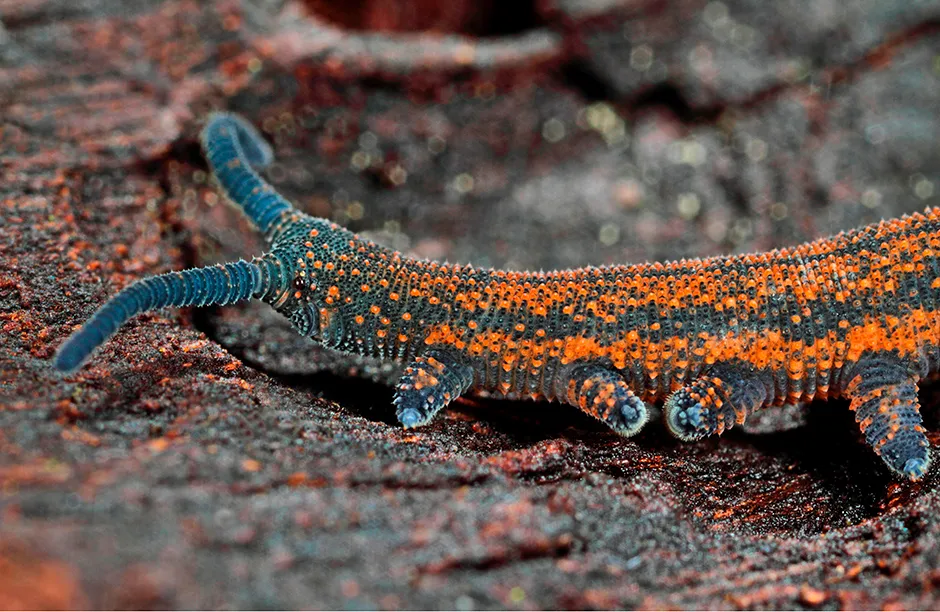
This particular specimen is just one of many species of velvet worm occupying the southern hemisphere, and it’s hard to beat their hunting technique. Step one: locate invertebrates at night using sensitive antennae. Step two: use specially modified limbs either side of the head to fire a glue-like slime that immobilises prey. Step three: inject saliva that starts to digest the prey’s insides. Step four: suck out the innards like an insect milkshake.
7
The Zombie-ant fungus, the mind-controller
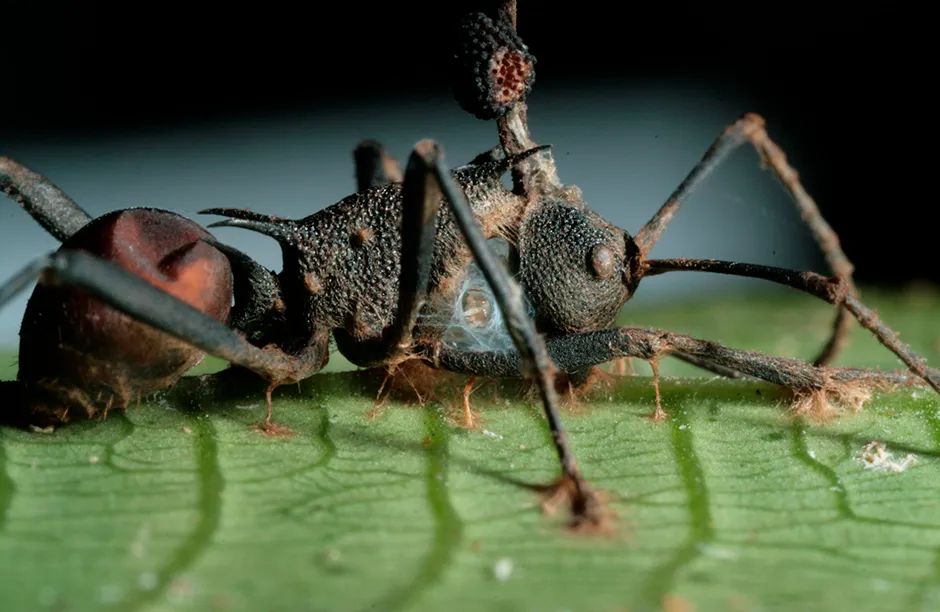
Spores from this fungus can quickly take control of an ant’s mind and an outbreak can wipe out an entire colony, so other ants will dump an infected insect far from the nest. Disorientated, the victim will start clambering through its the forest, until it reaches an exposed location and dies. It then becomes a shell for the fungus to grow, with tendrils eventually erupting from the ant’s head and body. When the fungus is mature, spores burst forth and infect any ant in the vicinity. There are over 400 species of mind-controlling fungi, each adapted to parasitise and control the brain of a particular species of invertebrate. This is just one of many incredible adaptations demonstrated by fungi.
8
The Texas horned Lizard, the eye-popping sniper
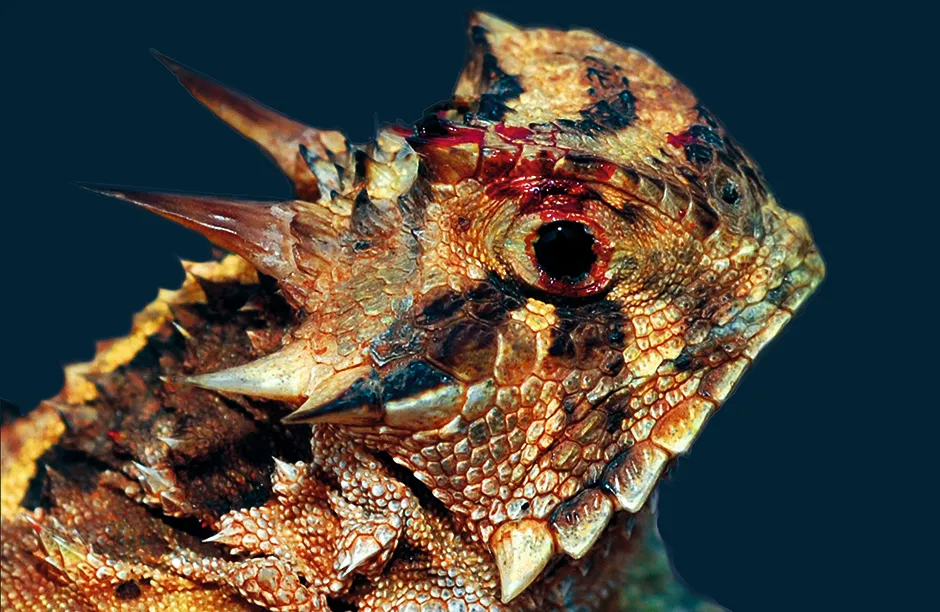
The fact that any animal has ocular auto-hemorrhaging as part of its arsenal of defences shows just how inventive evolution can be. A number of species of horned lizards have developed the ability to bleed from their eyes, to deter would-be predators. Blood-filled sinuses within the eye socket swell up and rupture, allowing the lizard to shoot a stream of blood up to 1.5m. Apart from startling their attackers, the blood apparently tastes very unpleasant and is enough to send would-be predators into retreat
9
The northern fulmar, the projectile puker

The little girl from The Exorcist has nothing on these seabirds. The first part of their stomach, the proventriculus, holds an oil that is both an energy-rich food for their chick and a defence against avian predators. If threatened on its nest, the fulmar spews a bright orange jet of this fishy concoction up to 3m. If this noxious vomit lands on the predator’s feathers, it can affect their waterproofing, potentially resulting in a lingering death.
10
Sea otters, the murderers of the sea
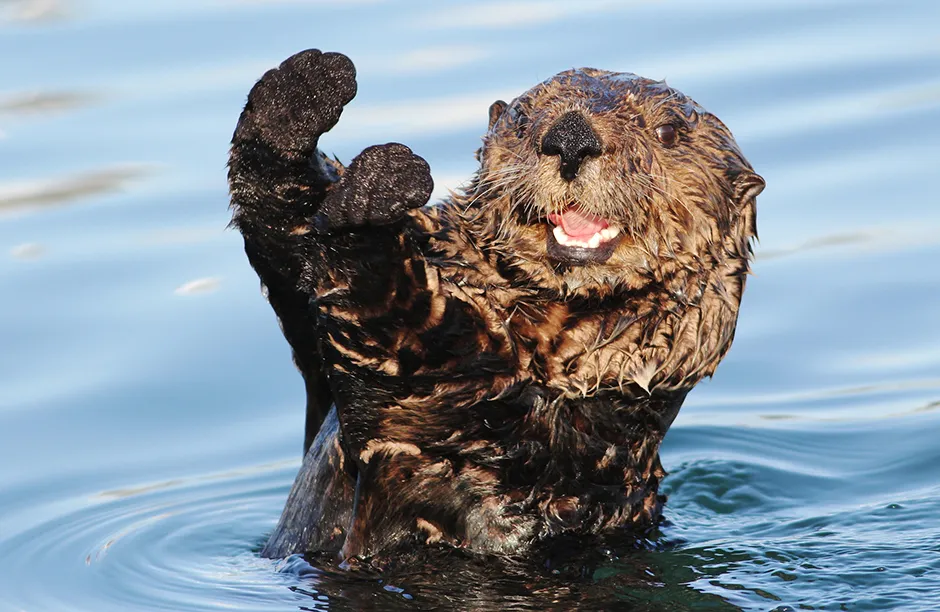
Sure, there's a lot to love about these little furballs. They hold hands when they sleep so they don't lose one another. They float on their backs and crack clams open against stones balanced on their bellies. Sea otter mothers blow air into their baby's fur to make sure they're ultra fluffy, buoyant and warm. But there's another side to these terrifying teddy bears. Otters have been known to murder their mates, kidnap young pups from their mothers and let's not even talk about what they do to baby seals. #OtterlyReprehensible.
Read more features that will make your skin crawl:
- Nature's 10 deadliest parasites
- See some of these nightmare creatures in action
- What happens to your body when you're dead?
Written by Matt Swaine, former editor of BBC Wildlife magazine and Daniel Bennett, editor of BBC Science Focus magazine.